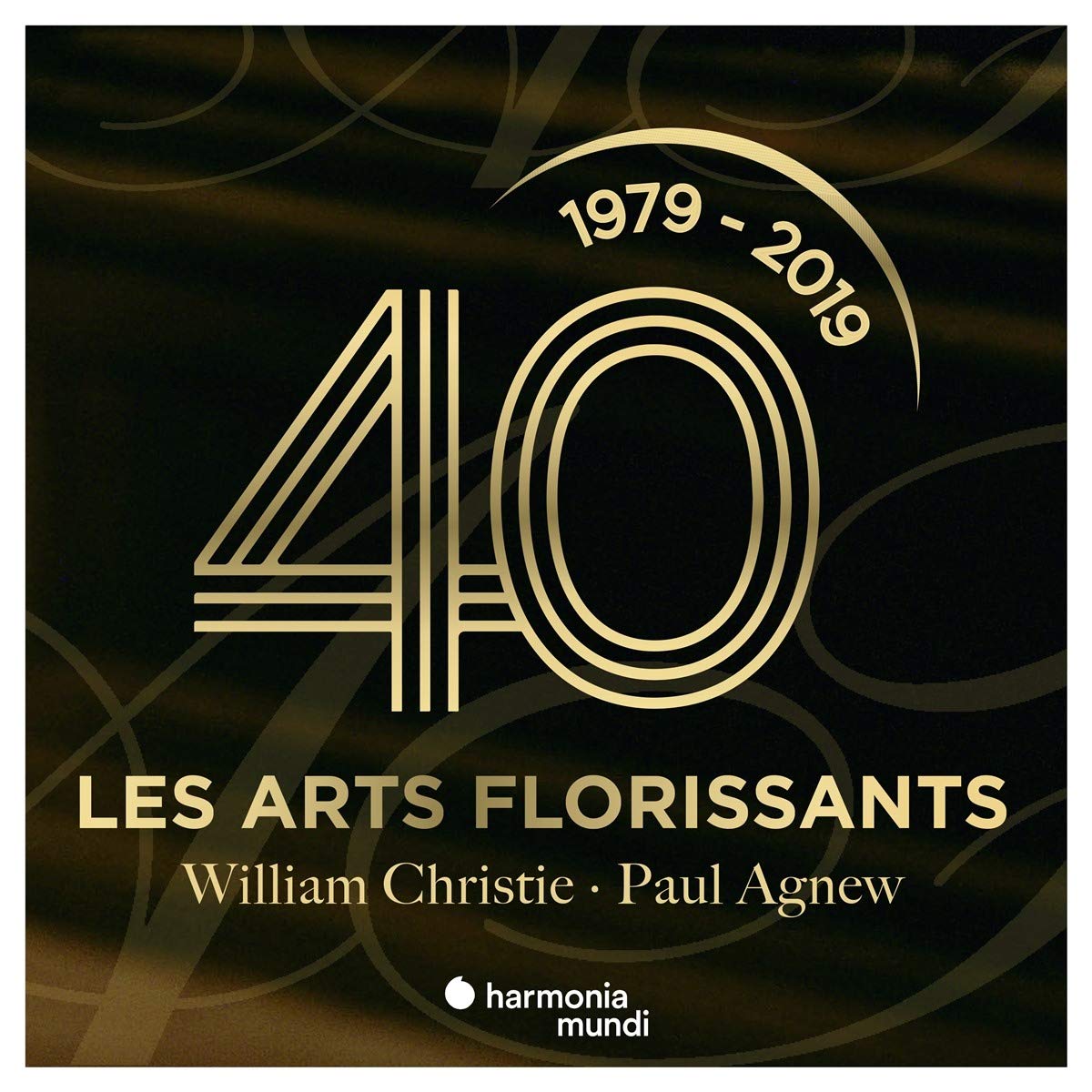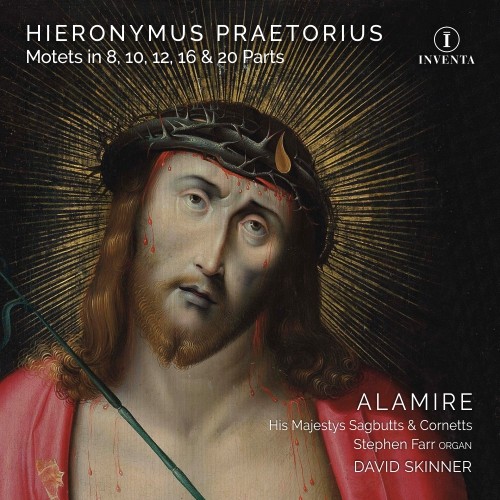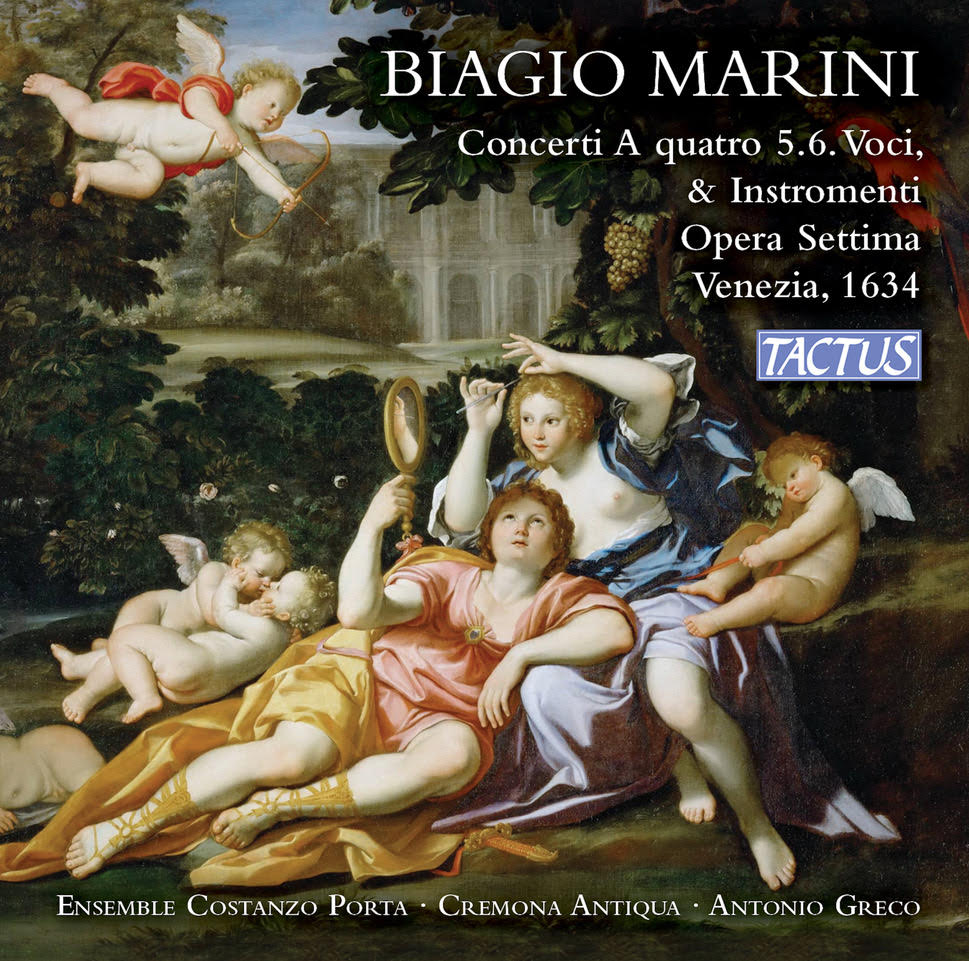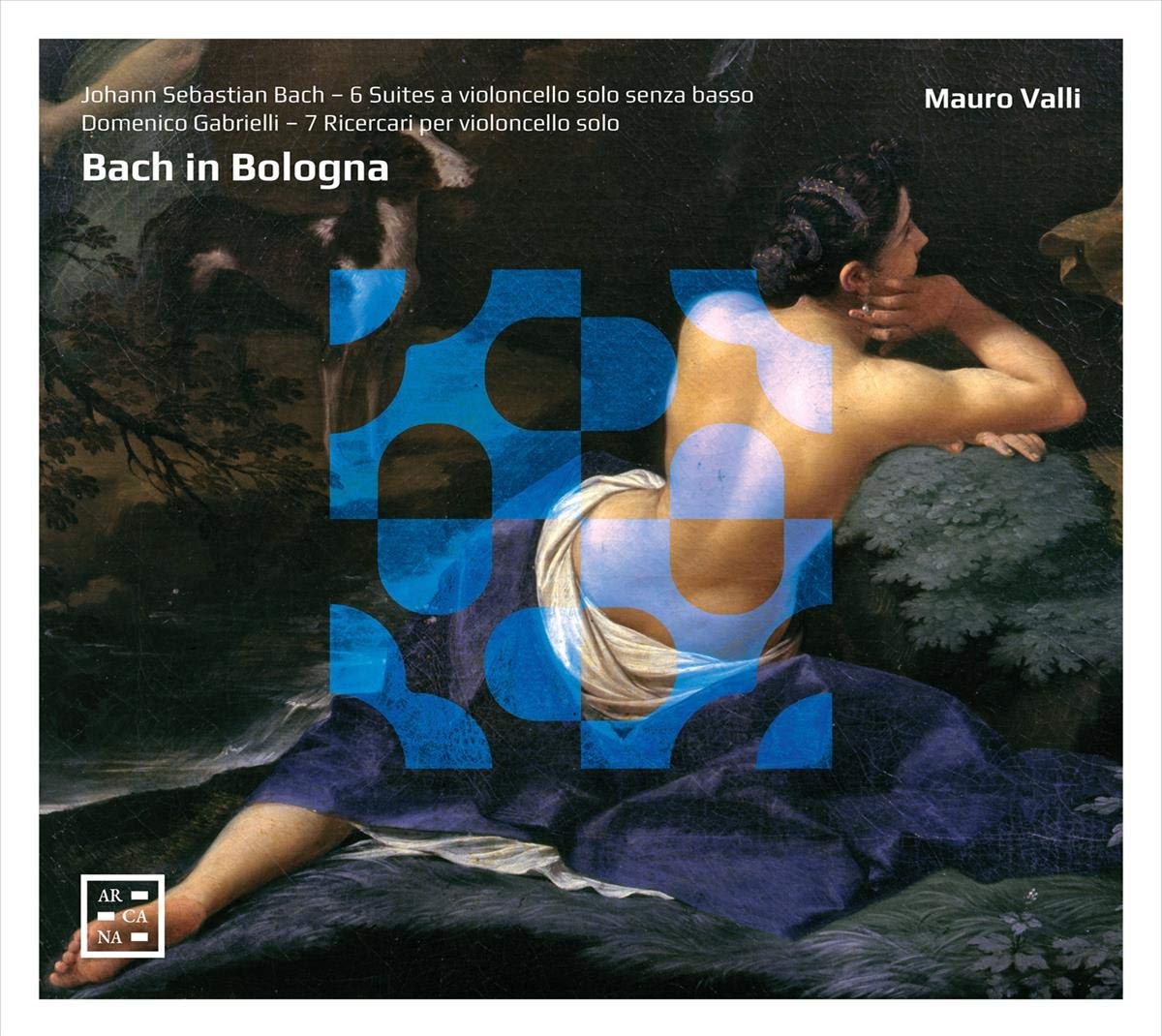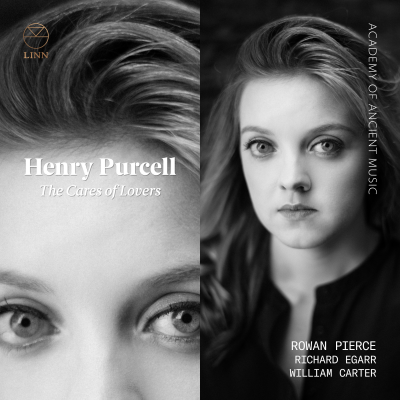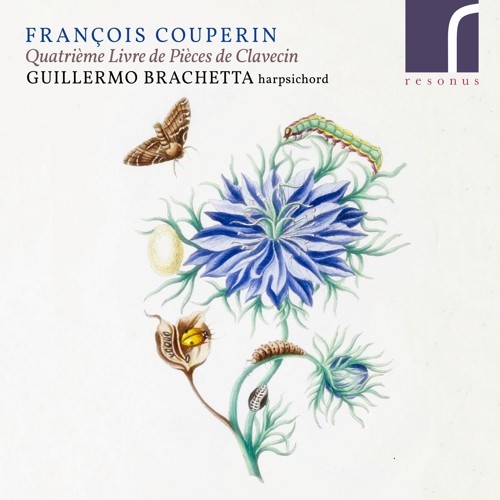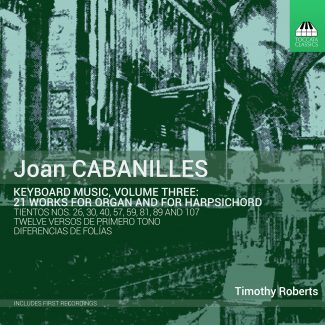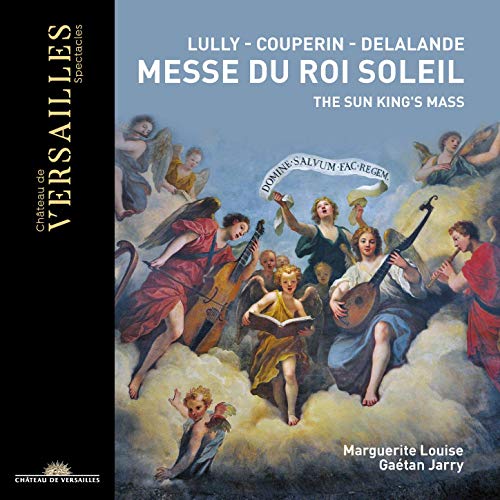40[th anniversary]
235:57 (3 CDs in a card triptych)
harmonia mundi musique HAX 8908972.74
CD1 Music and theater CD2 Sacred music CD3 Secular music
Here’s the least surprising (re-)release of the year, three generously filled discs recalling and celebrating the work of LAF over the last four decades. It’s a shame that a little more effort hasn’t gone into the presentation, however. No details or dates of the source recordings; no texts or translations; and not all prominent instrumentalists are named (the flautist contributes at least as much as the singer to Bach’s Benedictus). In this context, it would be unreasonable to expect notes on the music but we do get a brief history of the ensemble and a flagging-up of its future projects.
The musical content is well-planned. Each disc has a theme (Music and the Theatre; Sacred Music; Secular Music); each programme includes one or two substantial works or extracts; and there is an amazing amount of music included. I was pleased to be reminded of and to enjoy again Lully’s Atys (on CD1 – a notable recording), his Salve Regina for high voices and Charpentier’s remarkable Le Reniement de saint Pierre (CD2) and the Monteverdi, including Il Combattimento, on CD3. There are, inevitably, one or two tracks I won’t return to, though they did make me think before I decided ‘no’! I also felt that the continuo instrumentation could often, and to all-round musical advantage, be less fussy but nothing diminishes my gratitude to LAF for their pioneering work, especially in French repertoire 1650-1770ish. They’d be no less admired and appreciated if that were all they’d ever done. Without them we may never have given Brossard’s haunting Miserere as much as a glance.
David Hansell
